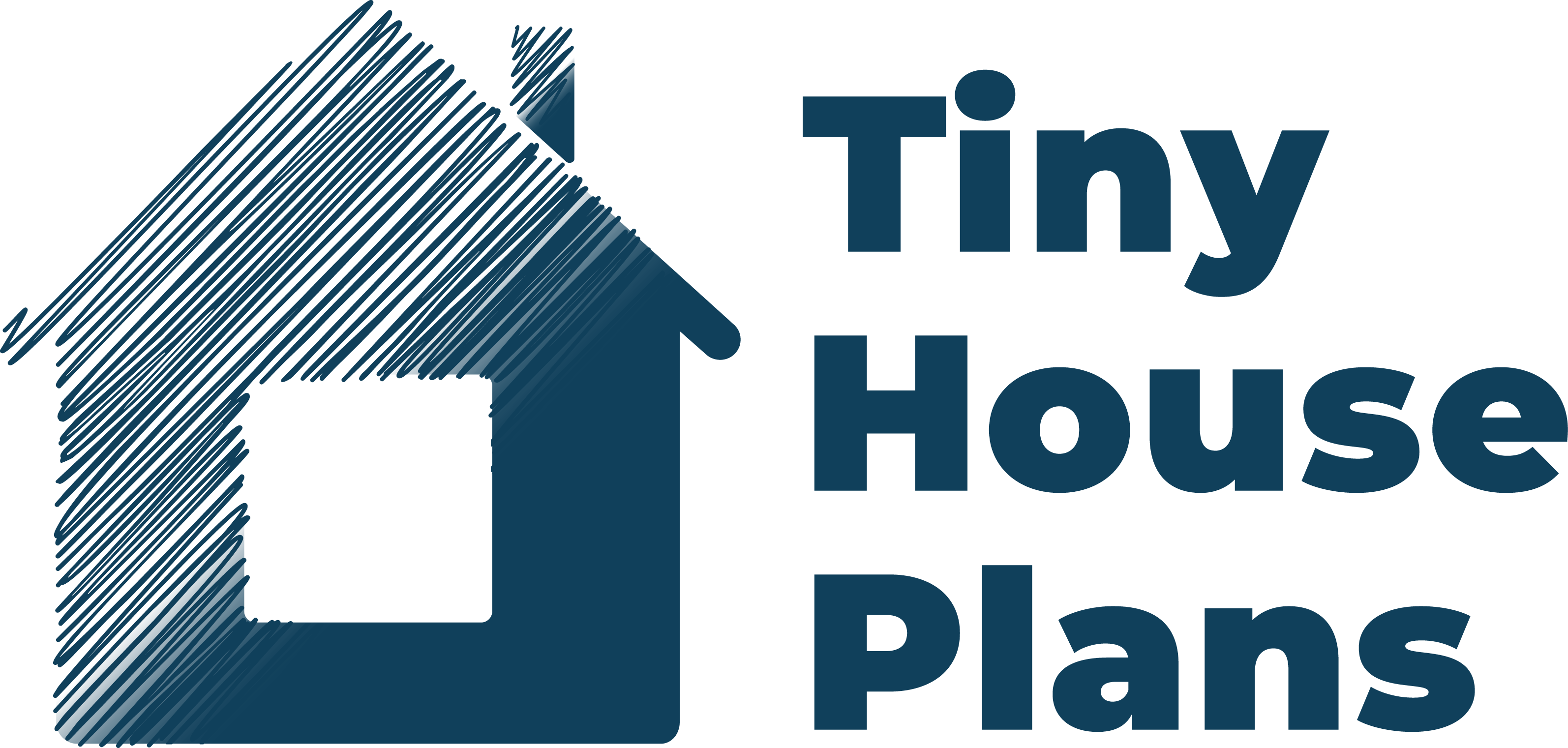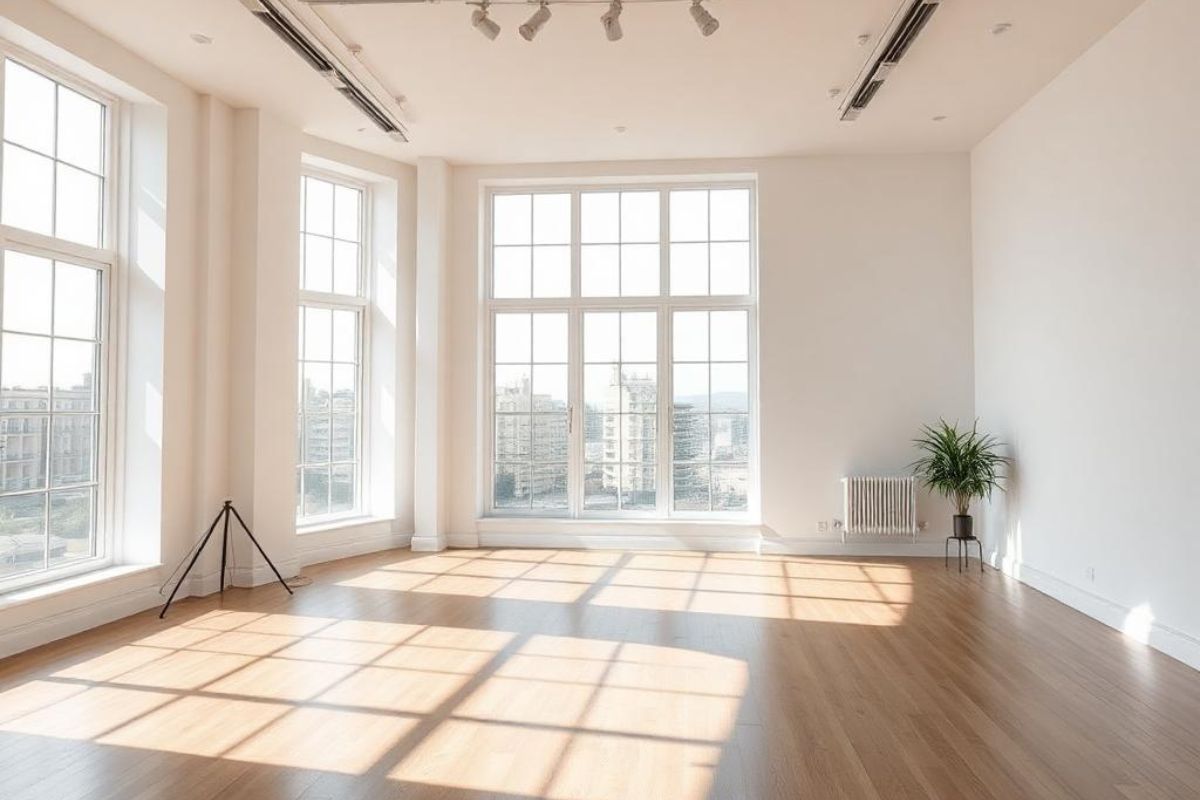Discovering the Beauty of Tiny Home Plans
Embracing the charm of tiny home plans invites you to explore a world where creativity meets simplicity. Imagine curating a space tailored to your lifestyle, where every inch is thoughtfully designed to reflect your unique personality. Tiny home construction plans offer a canvas for creating affordable tiny homes that balance functionality and aesthetics. Delve into tiny house interior designs that maximize small spaces, turning them into cozy retreats with ingenious storage solutions and multi-purpose furniture. Whether you’re drawn to stationary models or intrigued by tiny house on wheels plans, you’ll discover countless tiny house design ideas that inspire and innovate. From innovative blueprints to the best tiny house kits available, the journey to understanding how to build a tiny house becomes a captivating adventure. As you immerse yourself in various tiny home designs, you’ll unveil the enchanting possibilities tiny house living brings to your doorstep.

Understanding the Tiny Home Movement
Looking at the tiny home movement through the lens of sustainability, it becomes evident that this trend taps into a growing desire to live efficiently and mindfully. By opting for tiny homes, you embrace a minimalist lifestyle, reducing your carbon footprint while maximizing your living space. The movement promotes the ethos of living with less, inspiring many to prioritize experiences over possessions.
Tiny home plans play an integral role in this movement, offering diverse options from stationary homes to tiny house on wheels plans. These blueprints fulfill the demand for affordable tiny homes that prioritize smart design and cost-effectiveness. Your journey with tiny homes can involve exploring the best tiny house kits to match your vision and budget.
Tiny house design ideas thrive on innovation, and the movement's popularity has spurred a plethora of creative solutions. By engaging with tiny house interior designs, you capitalize on small spaces to create inviting, functional environments. The movement pushes you to rethink space, turning constraints into opportunities for ingenuity.
Understanding how to build a tiny house opens doors to personal empowerment. Tiny home construction plans provide the framework to create spaces that resonate with your values and lifestyle. As a participant in the tiny home movement, you contribute to a broader dialogue about housing, community, and environmental responsibility.

Key Features of Effective Tiny Home Plans
Effective tiny home plans are distinguished by their clever use of space, capturing the imagination with innovative layouts. These plans ensure every square foot serves a purpose, blending utility with style. Key features might include open floor plans, which create an illusion of spaciousness, and ample natural light to enhance the ambiance. They reflect thoughtful integration of architecture and function, ensuring that tiny house living remains comfortable and accessible.
Innovative storage solutions are another hallmark of well-designed tiny homes. While many believe that downsizing means sacrificing storage, there’s a strong case for the adaptability of tiny house design ideas to meet your needs. Utilizing vertical spaces or incorporating built-in furniture demonstrates the ingenuity of effective tiny home blueprints, marrying functionality with creativity.
Mobility and versatility also feature prominently in robust tiny home designs. For those drawn to a dynamic lifestyle, tiny house on wheels plans offer the convenience of home wherever the road may lead you. These designs speak to the adventurous spirit, providing compact yet fully functional living spaces that cater to varied preferences and locations.
Durability is crucial; even the best tiny house kits and construction plans are rendered less effective without quality materials and craftsmanship. Careful selection of materials contributes to the longevity of affordable tiny homes, ensuring that your investment stands the test of time and fulfills the promise of the tiny living experience.

Popular Tiny Home Layouts
The allure of popular tiny home layouts is grounded in their ability to maximize comfort and efficiency within a small footprint. Among these, the open floor plan is favored for creating seamless transitions between living areas. This design emphasis allows light to permeate every corner, enhancing the sense of spaciousness. Open plans are a staple in tiny home designs, bringing a modern touch to affordable tiny homes while maintaining simplicity.
Lofted sleeping areas are also a quintessential element in tiny home plans. According to recent studies, utilizing vertical space for lofts optimizes the available area below for other functions, illustrating how strategic design enhances functionality. This approach not only conserves floor space but offers cozy, private sleeping quarters that blend effortlessly into the layout.
Efficient kitchen designs are indispensable in tiny homes, focusing on essential appliances and compact cabinetry. Tiny house interior designs prioritize maximizing limited space, often incorporating pull-out counters and fold-away features. These kitchens balance convenience with style, catering to the needs of tiny house living without compromising culinary creativity.
For those embracing mobility, tiny house on wheels plans cater to a nomadic lifestyle with smart, adaptable layouts. These structures provide versatile living solutions, enabling spontaneous travel without forsaking the comforts of home. Such designs highlight the flexibility inherent in tiny home construction plans, making them an appealing choice for adventurous spirits.

Building Materials and Techniques for Tiny Homes
The choice of building materials in tiny home construction plans significantly impacts the home’s durability and sustainability. As more people turn to tiny house living, there is an increasing shift towards eco-friendly materials, such as reclaimed wood and recycled steel. These materials not only reduce the environmental impact but also blend well with both traditional and modern tiny house interior designs, providing a unique aesthetic appeal.
The current state of tiny home construction techniques shows a growing trend towards modular building. This approach allows for customization and flexibility, making it easier to tailor tiny home blueprints to individual preferences. Modular builds offer efficiency in construction time and cost, appealing to those seeking affordable tiny homes. They provide an adaptable framework, facilitating the exploration of innovative tiny house design ideas.
Incorporating cutting-edge insulation and energy-efficient technologies is essential for creating comfortable living spaces within tiny home designs. Techniques like spray foam insulation and double-glazed windows ensure optimal temperature regulation and energy conservation. These advancements contribute to the overall success of how to build a tiny house, allowing you to maintain a comfortable environment year-round. The integration of sustainable practices continues to guide the evolution of tiny house on wheels plans and other innovative tiny home layouts.

Regulations and Zoning for Tiny Homes
Navigating regulations and zoning laws is a crucial aspect of your tiny home venture. These laws can vary significantly by location, affecting how you implement tiny home construction plans. Many regions recognize tiny homes as viable housing solutions, helping to redefine zoning laws to accommodate them. Understanding these regulations is vital to ensure your tiny house living experience is hassle-free and compliant with local codes.
Tiny home blueprints must align with building codes, often requiring adaptations to meet standards that traditional homes follow. Some regions have started to embrace tiny house on wheels plans by incorporating them into RV regulations. This flexibility signifies an evolving acceptance of alternative housing models, crucial for affordable tiny homes and tiny home designs to thrive within urban environments.
In the next few years, zoning regulations for tiny homes are likely to become more inclusive, reflecting a societal shift towards eco-conscious housing. As awareness grows, local governments are expected to adopt more supportive policies for tiny house design ideas. This shift will likely expand opportunities for you to explore how to build a tiny house that's both innovative and legally compliant.
Engaging with city planning and community developments will aid in the growing trend of tiny house interior designs being widely recognized. This collaboration can foster environments where tiny homes are an integral part of sustainable urban planning, facilitating an ever-increasing interest in the best tiny house kits and construction practices.

Cost Considerations in Tiny Home Construction
Understanding the cost considerations in tiny home construction is essential to align your budget with your dream home. Material choices, location, and design complexity significantly affect the overall cost. Opting for reclaimed materials or sourcing the best tiny house kits can minimize expenses without compromising quality. The desire for sustainable, affordable tiny homes often drives these decisions, balancing affordability with personalization.
On one hand, some view DIY tiny home construction plans as a cost-effective approach, leveraging personal skills to cut labor costs. On the other hand, hiring professionals ensures precision and quality, though it may come at a steeper price. This contrasting perspective highlights the importance of weighing your capabilities and the intricacies of how to build a tiny house against financial realities.
The inclusion of specialized features and tiny house interior designs can influence your budget further. Tiny home designs that incorporate advanced technologies can enhance comfort but also increase costs. Achieving the right balance between luxurious extras and essential needs is crucial to maintaining a sustainable budget while exploring creative tiny house design ideas.
Finally, planning for unexpected expenses is a vital part of tiny home construction. Tiny home blueprints should include contingencies for potential overruns, ensuring that your project remains financially viable. These considerations are integral to the success of both fixed and tiny house on wheels plans, underlining the importance of thorough financial planning in achieving your tiny house aspirations.





Share: